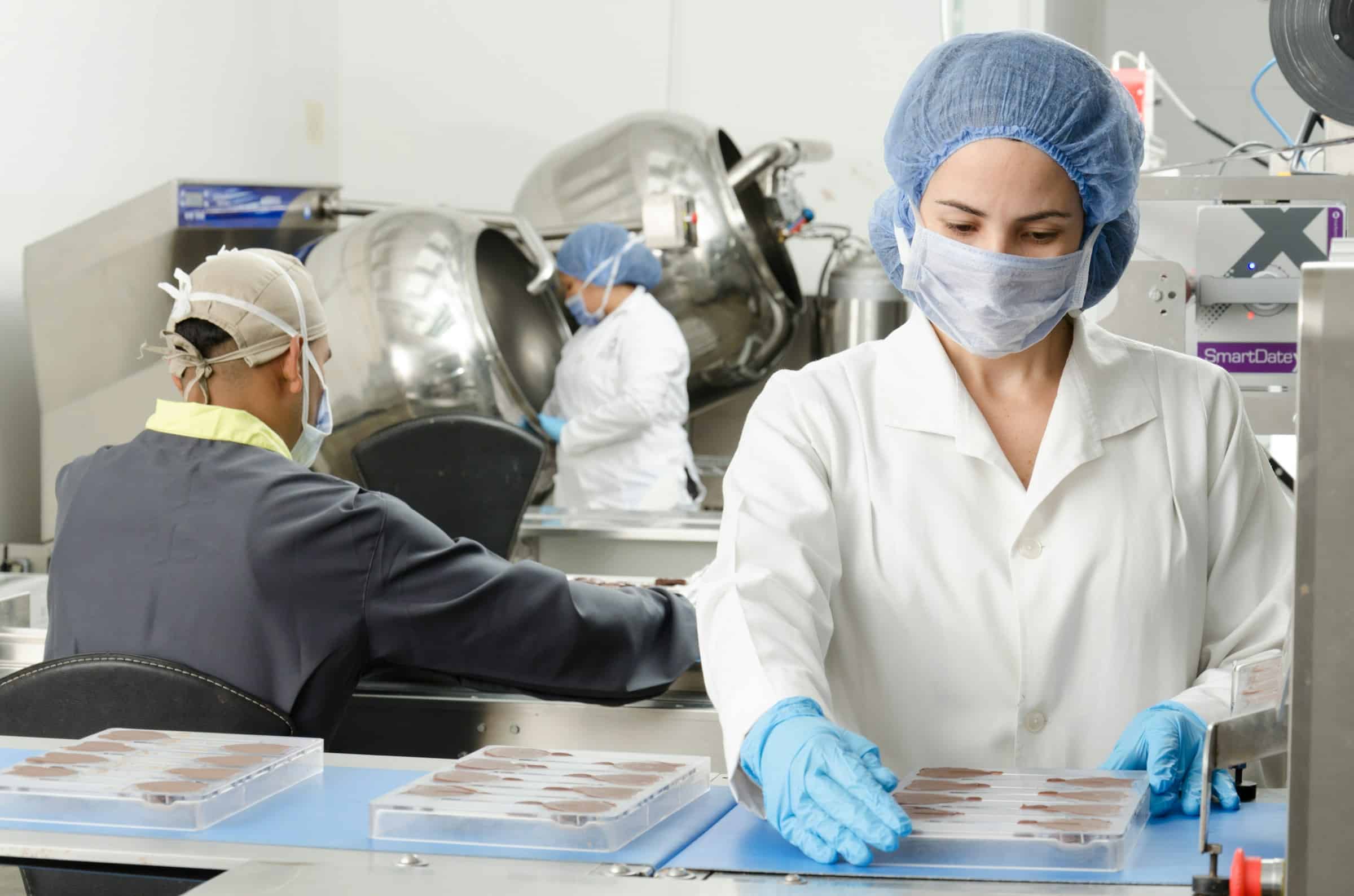Can UK occupational health physicians effectively use wearables to monitor workplace stress levels?

The rise of advanced sensor technology and data analysis tools have paved the way for various innovative applications in the field of occupational health. Wearable devices, with the capacity to monitor physical well-being in real time, have emerged as a potent tool for health and safety management at work. Wearables are not new in the health and fitness domain, but their use in monitoring stress levels among the workforce is a fairly recent development. Given the implications of stress on work productivity and employee morale, can UK occupational health physicians effectively use these devices to keep tabs on workplace stress levels? Let's delve into this technological breakthrough and its potential for fostering healthier work environments.
The Interplay of Wearable Technology and Occupational Health
Before we dive into the efficacy of wearables in monitoring workplace stress, it's imperative to understand the convergence of this technology with occupational health.
A lire en complément : How can UK psychiatric nurses use virtual reality therapy for treating severe anxiety disorders?
Wearable devices, equipped with various sensors, can collect a wide range of health-related data. From measuring heart rate, blood pressure, and sleep patterns, to tracking physical activity - the scope is extensive. This data, when processed and analysed accurately, can provide valuable insights into a person's health status and stress levels.
The role of occupational health physicians is critical in this context. Being at the forefront of health management at workplaces, they are ideally positioned to utilise this technology for monitoring and managing stress levels among workers. They can interpret the data generated by the wearables, understand the implications, and take necessary actions to ensure the well-being of the workforce.
Sujet a lire : How can UK family practitioners use telehealth to increase engagement in preventive care among teenagers?
The Stress-Work Connection: A Matter of Concern
The correlation between work and stress is well-established. Long working hours, tight deadlines, high job expectations, and lack of job security are among the many factors that contribute to stress among workers.
According to a study by the Health and Safety Executive in the UK, stress, depression, or anxiety accounted for 51% of all work-related ill health cases and 55% of all working days lost due to ill health in 2018/19. These statistics underscore the severity of the issue and the need for effective stress management strategies at workplaces.
Wearable technology, with its capability to monitor physiological parameters that indicate stress, such as variations in heart rate, blood pressure, and sleep patterns, can serve as a useful tool for early detection and management of workplace stress.
Real-time Data for Proactive Stress Management
The real advantage of using wearables lies in their ability to provide real-time data. This means that occupational health physicians can monitor workers' stress levels as they go about their work, rather than relying on periodic health check-ups.
This real-time data processing and analysis can enable proactive stress management. For instance, if a worker's heart rate shows unusual spikes during certain times of the day or specific tasks, it could be a sign of stress. These patterns can be used to identify stress triggers and formulate strategies to mitigate them, whether it's workload adjustment, changes in work processes, or stress management training.
Wearable Technology: A Viable Solution?
Despite the potential benefits, the use of wearables for workplace stress management is not without its challenges.
Firstly, there is the issue of data privacy. Workers may be uncomfortable with the idea of their employers continuously monitoring their health parameters. Therefore, clear policies need to be in place regarding data collection, storage, and usage to ensure privacy and build trust among workers.
Secondly, while wearables can provide valuable data, the interpretation of this data requires expertise. Therefore, the effectiveness of this technology largely depends on the skills and competence of occupational health physicians in interpreting and acting on the data.
Further, there is the question of accuracy. Although wearable technology has advanced significantly over the years, the accuracy of these devices can still vary. Ensuring the reliability and validity of data collected is essential for this technology to be a useful tool in occupational health.
In conclusion, while wearable technology offers a promising solution for monitoring and managing workplace stress, its effectiveness lies in addressing these challenges and leveraging the skills of occupational health physicians. The future of occupational health management in the UK could very well depend on how these factors are negotiated.
The Application of Wearable Sensors and Data Interpretation in Workplace Stress Monitoring
The concept of stress detection in the workplace is complex given the subjective nature of stress. However, recent advancements in wearable sensor technology and data analytics have enabled the objective measurement of physiological parameters that indicate stress.
With wearable sensors, occupational health physicians can access data related to heart rate, sleep patterns, and physical activity levels - all of which can be indicators of stress. For example, a persistent elevated heart rate during working hours or disrupted sleep patterns could be indicative of heightened stress levels.
Moreover, these wearable technology tools don't just passively collect data. They can send real-time notifications to occupational health physicians when they detect physiological parameters that exceed normal ranges. This allows for immediate intervention if necessary, ensuring worker health is monitored and maintained.
However, it is crucial to note that the data collected by wearable devices is only as useful as the interpretation of that data. Using platforms such as Google Scholar and Scholar Crossref, occupational health physicians can stay updated on latest research and models for interpreting physiological data.
For instance, the use of a neural network model can help in effectively analysing the collected data. This model uses machine learning algorithms to identify patterns and make predictions, thus offering a valuable tool in stress detection.
Additionally, factors like the sample size of the workforce being monitored, the specific wearable technology used, and the duration of monitoring can all influence data accuracy and subsequently, stress detection efficacy.
Data Protection: Balancing Privacy and Proactive Health Management
While the benefits of wearable technology are evident, it is also important to remember that these devices collect sensitive health data from workers. This raises legitimate concerns about data protection and privacy, which must be addressed to foster trust and acceptance among the workforce.
To alleviate these concerns, companies must ensure robust data protection measures are in place. The data collected should strictly be used for the purpose of health safety and stress monitoring. Moreover, workers should be informed about what data is being collected, why it is being collected, and how it will be used.
In certain instances, anonymizing the data can be a proactive step towards ensuring privacy. This means the data collected is stripped of personally identifiable information, making it impossible to link the data back to an individual.
Furthermore, the role of occupational health physicians extends beyond data analysis to include advocating for the ethical use of wearable technology. They can play a pivotal role in ensuring data protection protocols are upheld and that worker health is prioritized over data collection.
Conclusion: The Future of Occupational Health with Wearable Technology
The potential of wearable technology in transforming occupational health management, particularly in stress monitoring, is significant. These devices offer real-time, objective, and easily accessible data that can empower occupational health physicians to ensure a healthier, less stressful work environment.
However, the effective use of this technology is contingent on overcoming challenges related to data interpretation and data protection. Ensuring robust data analysis models and stringent data protection measures are in place is crucial.
Moreover, the role of the occupational health physician is paramount – besides interpreting data, they also need to advocate for ethical data use and champion the cause of mental health in the workplace.
The future of occupational health in the UK, and indeed the world, could see a significant shift with the widespread implementation of wearable sensor technology for stress monitoring. It is a prospect that holds promise for improved worker health and productivity, making it an avenue worth exploring further.
